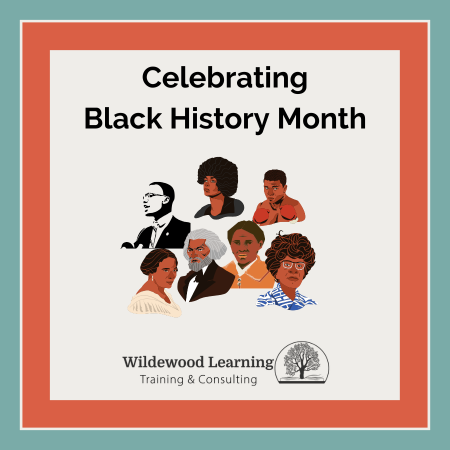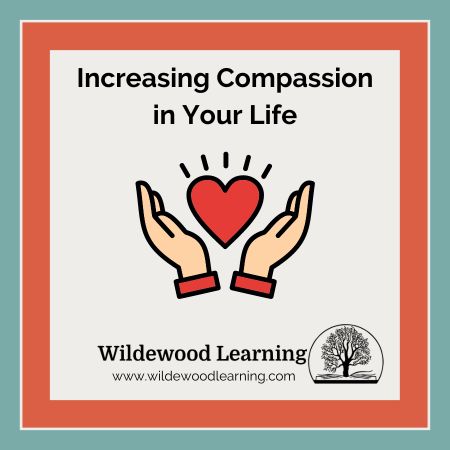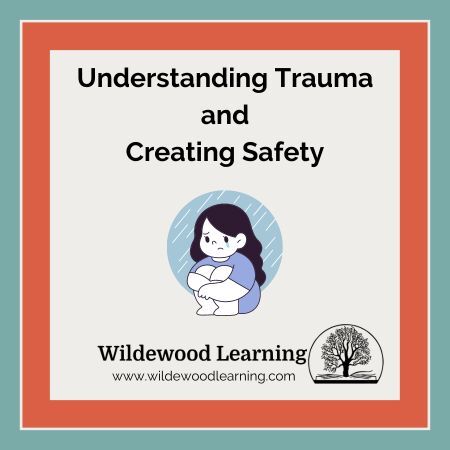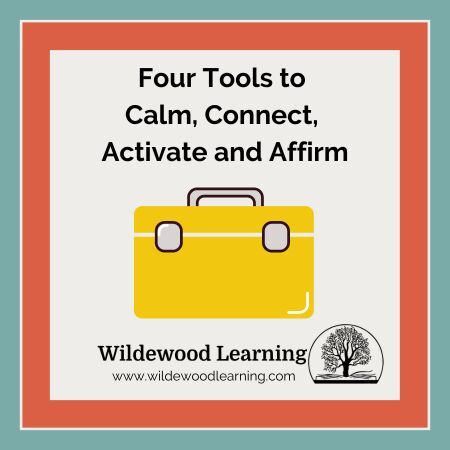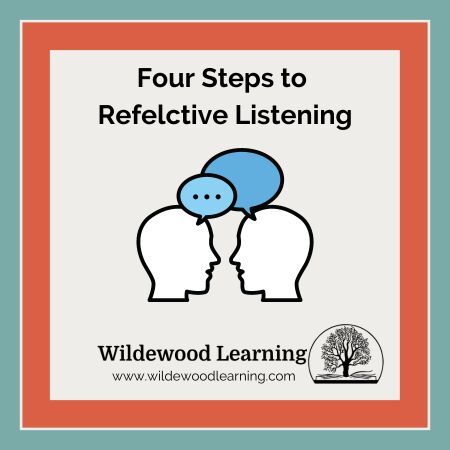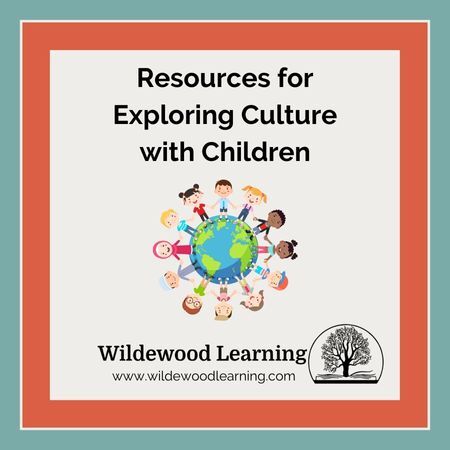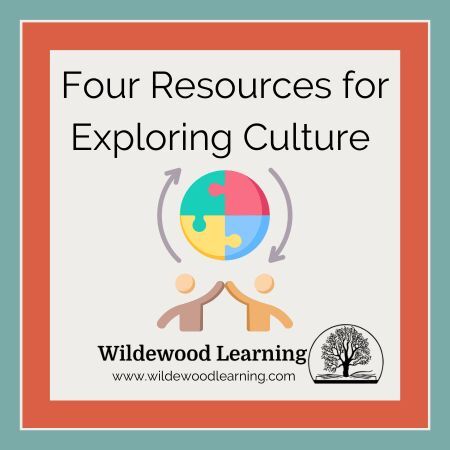Celebrating Black History Month
February begins in just a few days, and so does Black History Month. I did some research on the origins of the month and the history behind celebrating the contributions made by African Americans to society.
In school, I remember learning about a few predominantly black Americans who had made huge impacts in our county. Frederick Douglas, Harriet Tubman, and Martin Luther King, Jr. are important people who changed the world. However, there is so much more to the contributions of people of color to our country.
Black history month started initially in 1926 as Negro History Week, created by Dr. Carter G. Woodson, founder of what is now called the Association for the Study of African American Life and History. The Civil Rights Movement of the 1960s elevated the importance of recognizing African American history and brought attention to ongoing systematic inequality. 1970 brought the first ever observed Black History Month, which started at Kent State University in Ohio.
It is essential to teach and acknowledge the impact of people of the BIPOC (Black, Indigenous, and People of Color) community in our schools, families, and workplaces. Many contributions to our communities have been left out of history and representation.
In my last blog post, belonging was described as a deep connection and acceptance that people experience when recognized as an essential part of the community. When we incorporate activities and acknowledge Black people’s contributions to our communities, we create belonging.
I want to highlight three resources for exploring how to incorporate Black History into your school, organization, or work with children and families.
Britt Hawthorn is an antiracist educator, teacher, speaker, visionary, and advocate. She is the author of Raising Antiracist Children: A Practical Parenting Guide.
What I like about Britt’s newsletter is that she is excellent at offering resources for working with people with children and parents to create an inclusive classroom or home.
32 Children’s Activities for Black History Month is an excellent example of the resources she offers.
LiberatED is an organization started by Dr. Dena Simmons. Dr. Simmons is a former assistant director of Yale Center for Emotional Intelligence, where she supported schools in using the power of emotions to create a more compassionate and just society.
What I like about the LiberatED organization is that it is based on practices that promote learning, wellness, engagement, and belonging in schools and classrooms. The newsletter and social media posts offer resources for implementing those practices in a way that builds community.
LiberatED invites readers to reflect on three powerful questions for educators in the January newsletter. The best place to follow LiberatED is on Instagram, where you can explore many resources.
Amazeworks is a nonprofit organization in St. Paul, Minnesota, that champions equity and belonging for all. Its mission is to create belonging through relationships. The organization offers many resources to educators and child caregivers.
What I like about Amazeworks is that it has resources for all cultures. The website’s “Hot Topic” tab lists all the recent resources posted. The children’s literature highlighted in the newsletter has downloadable lesson plans that tie in with cultural, belonging, and inclusion themes.
Amazeworks has several past posts on Black History month. In the February 2022 newsletter, Yesterday, Today and Tomorrow offers an interview with Dr. Artika R. Tyner, a passionate educator, lawyer, justice advocate, and founder of Planting People Growing Justice (PPGJ), plus many links to resources for Black History Month.
There are numerous resources available to help you incorporate Black History Month into your school, workplace, or home. I selected these three because I received their newsletter in my inbox and found value in their resources. Recently, there has been a rollback in diversity, inclusion, and equity programming across the United States. This is why, as educators and professionals, we must engage in our own learning and look for ways to ensure our communities feel safe and included. I hope you will take the time to explore the few resources I have provided and reflect on how you will share Black History and other culturally relevant information with those you serve.

